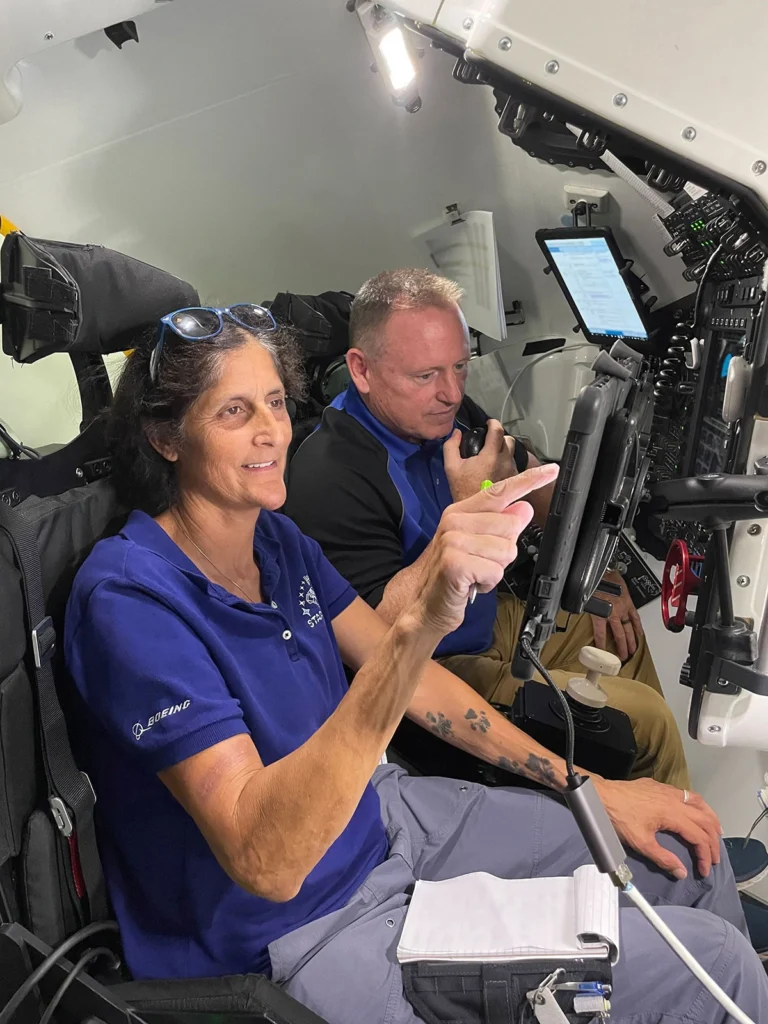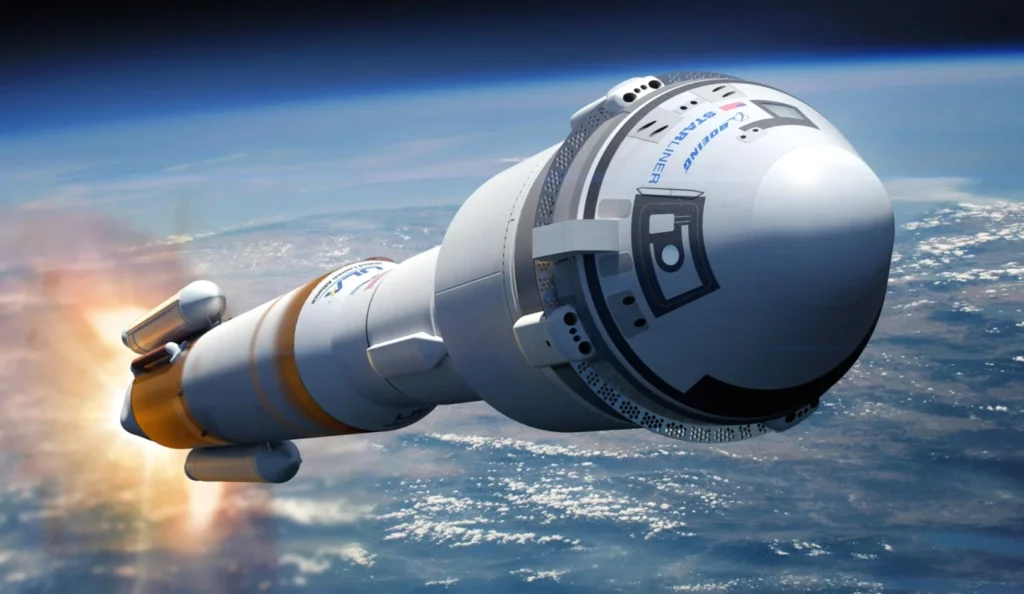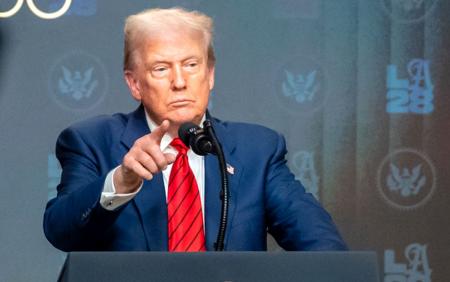February 12, 2025
NASA and SpaceX have made a crucial change to their upcoming missions to expedite the return of two astronauts currently aboard the International Space Station (ISS). Originally scheduled to return using Boeing Starliner spacecraft, astronauts Butch Wilmore and Suni Williams have had their mission extended due to technical issues with the vehicle. Now, NASA has decided to bring them back to Earth earlier by swapping a SpaceX Crew Dragon capsule for an upcoming mission.
This decision highlights both the challenges of space travel and the importance of flexibility in mission planning. It also underscores NASA’s increasing reliance on SpaceX for human spaceflight, given the delays faced by Boeing Starliner program.
Extended Stay on the ISS Due to Boeing Starliner Issues
The two astronauts launched aboard Boeing Starliner in June 2024 as part of its first crewed test flight. Their mission was initially intended to be short, mainly to assess the spacecraft’s safety and performance before full operational certification. However, once in orbit, engineers discovered multiple technical issues and malfuctions with the spacecraft, including helium leaks and thruster malfunctions.
Due to these problems, NASA determined that returning the astronauts on Boeing Starliner was too risky. As a result, Wilmore and Williams had to remain on the ISS while NASA and its partners worked on a safe alternative.
NASA-SpaceX Plan for Earlier Return
To resolve the situation, NASA and SpaceX have decided to move up the launch of Crew-10, a routine astronaut rotation mission, to March 12, 2025. The original plan was to launch Crew-10 on March 25 using a newly built SpaceX Crew Dragon capsule. However, to speed up the astronauts’ return, NASA opted to swap in “Endeavour,” a flight-proven Crew Dragon capsule, instead of waiting for a new one.
This change means that Wilmore and Williams will be able to return home earlier than expected, reducing their extended stay in space.
Why This Decision Matters

This mission adjustment is significant for several reasons:
- Ensuring Astronaut Safety – Spending an extended period in microgravity can affect astronaut health, including muscle loss and bone density reduction. Bringing them back earlier helps minimize long-term space-related health risks.
- Highlighting NASA’s Dependence on SpaceX – Boeing’s Starliner was supposed to provide NASA with an additional transport option, reducing reliance on SpaceX’s Crew Dragon. However, repeated delays and technical setbacks have made SpaceX the primary choice for NASA’s human spaceflight missions.
- Importance of Backup Plans in Spaceflight – Space missions are unpredictable, and having multiple spacecraft available allows NASA to adjust plans as needed. The ability to swap capsules quickly showcases the strong collaboration between NASA and SpaceX.
Challenges Facing Boeing’s Starliner Program
The Boeing Starliner spacecraft, developed under NASA’s Commercial Crew Program, was meant to be an alternative to SpaceX’s Crew Dragon. However, its development has been plagued by delays, technical issues, and failed test flights.
Before Wilmore and Williams’ mission, Boeing had already faced several years of delays due to problems like software glitches and failed parachute tests. The current technical failures on Boeing Starliner raise further questions about its long-term reliability and NASA’s confidence in the spacecraft.
Looking Ahead: NASA’s Next Steps
With this latest mission adjustment, Wilmore and Williams are expected to return safely in March 2025, marking the end of an unexpected extension to their mission. Meanwhile, it is required to resolve Boeing Starliner’s technical problems before it can gain full certification for operational crewed missions.
NASA’s decision to rely on SpaceX’s Crew Dragon once again further solidifies Elon Musk’s company as the dominant player in the commercial spaceflight industry. It also highlights the growing role of private companies in shaping the future of human space exploration.
As Crew-10 prepares for its adjusted launch date, this mission serves as a reminder of the complexities of space travel and the need for adaptability in ensuring astronaut safety.

